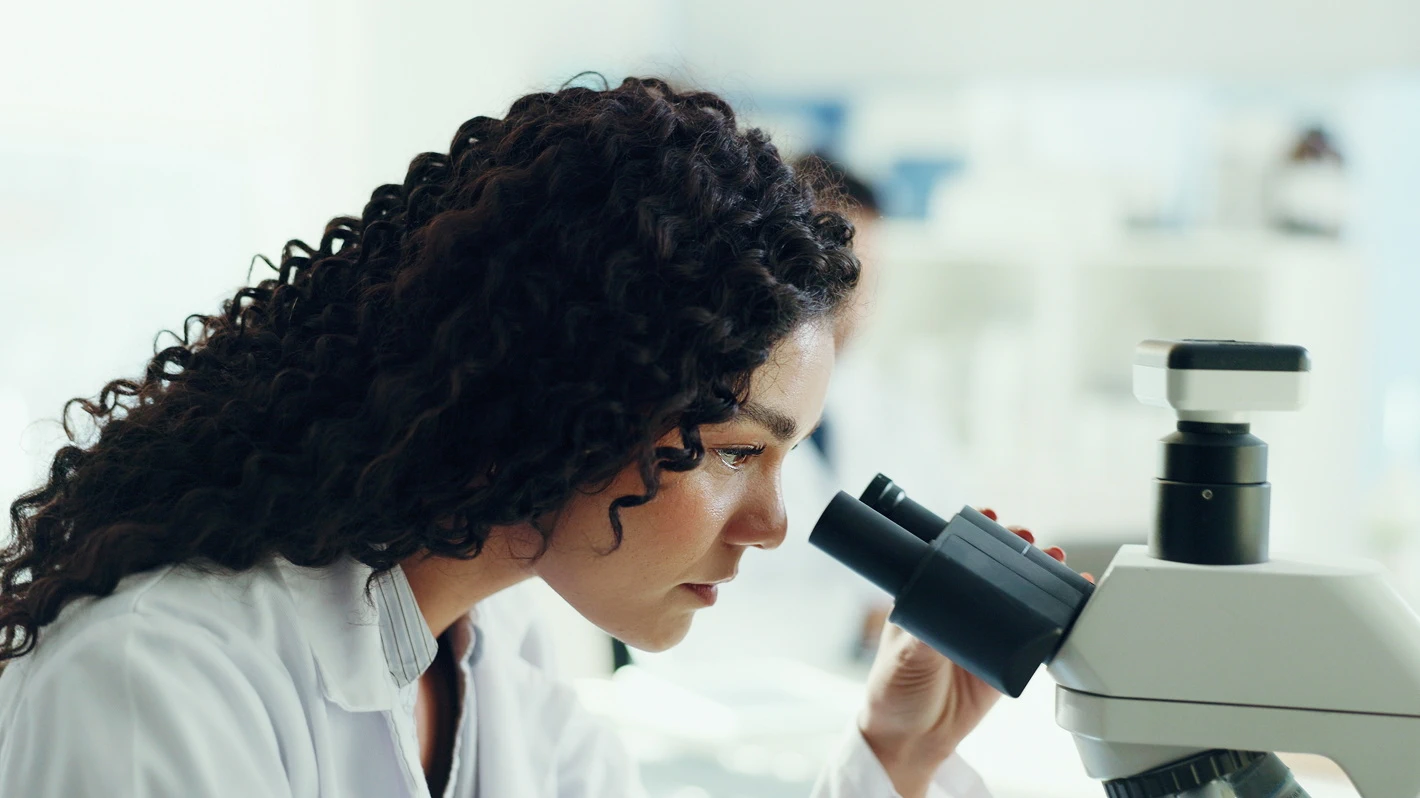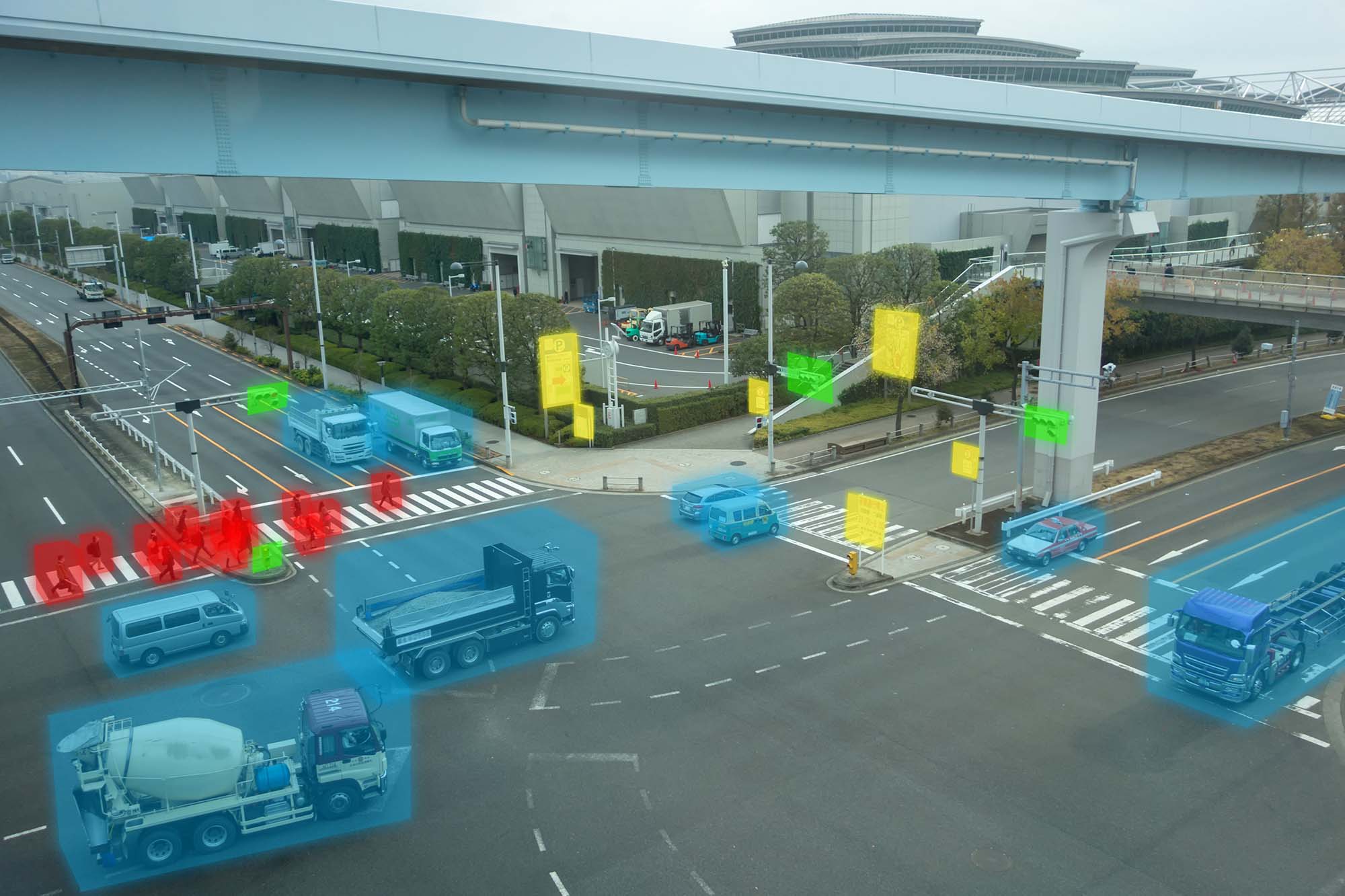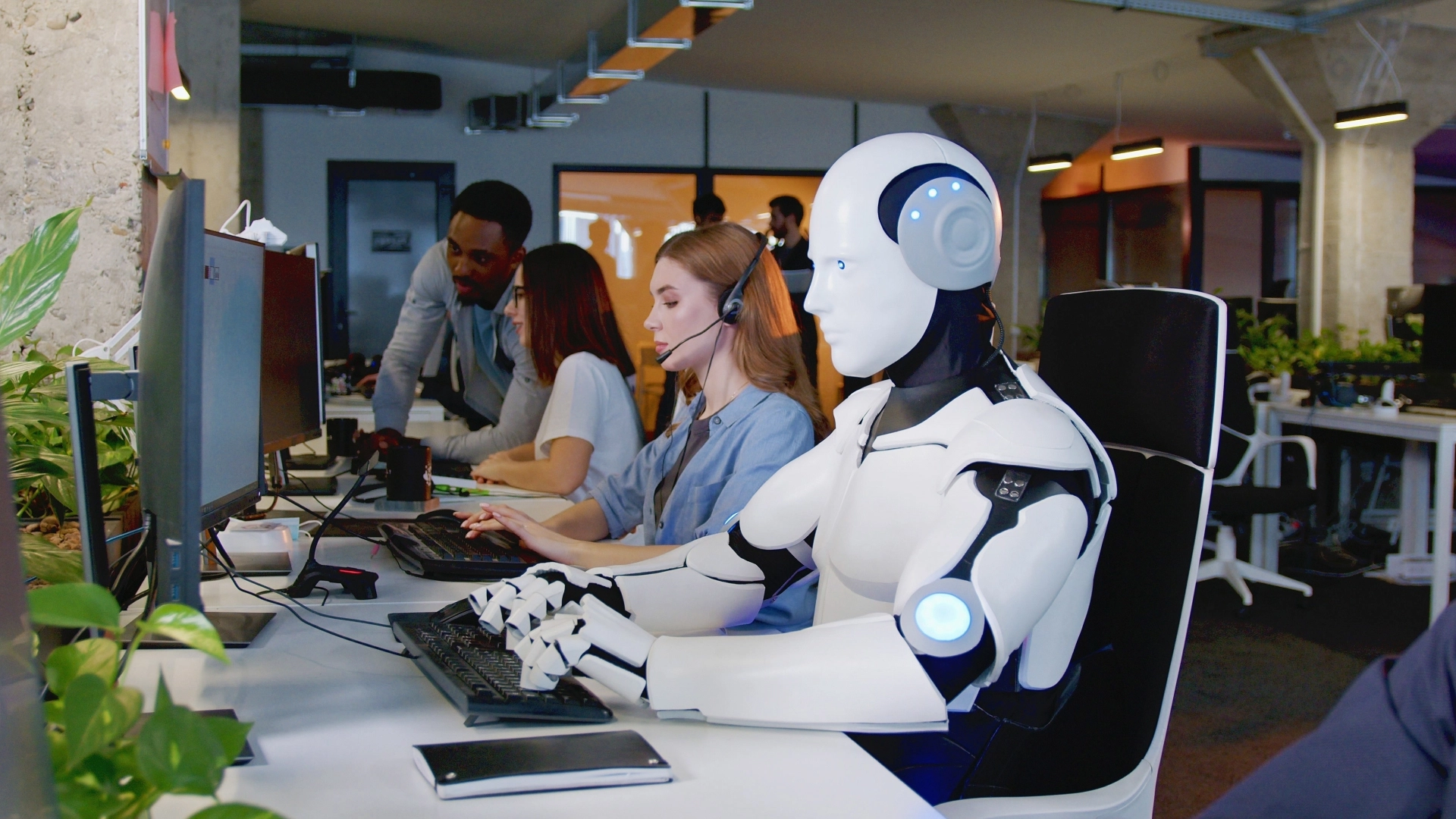Teaching a computer to see and identify objects is growing increasingly important as artificial intelligence (AI) and machine learning (ML) find more mainstream uses. There are applications in a variety of fields, from automotive and healthcare to agriculture and entertainment. But how do machines use cameras as eyes and then identify what they see? Humans must train them through the process of image annotation.
What Is Image Annotation?
Computers rely on AI and ML to understand what they see. To do so, they must compile a set of references that they can compare to the objects they see. Image annotation is the process of labeling images for computers to learn. It involves marking an image or an object within an image and tagging it with labels or annotation tools. This enables the machine to learn about the image or object and recognize it in the future.
Annotating an image is a complicated process with many moving parts. Therefore, picture annotators must be skilled at knowing how to best teach a computer. As the computer learns about more images and objects, it gets better at identifying them. This then allows programs that rely on computer vision to effectively perform their tasks.
What Is Image Annotation Used For?

Understanding the world through images and objects trains computers to accurately view their surroundings so they can interpret and react accordingly. As a result, computers can now perform many tasks previously exclusive to humans.
Self-driving cars and other vehicles
An increasing demand for autonomous vehicles is one-factor driving advancements in image annotation. After all, image annotation is what makes it possible for cars’ computers to see objects on the road and make smart decisions. Object detection and classification help ensure cars can recognize lane borders, crosswalks, signs, buildings, and other vehicles to keep drivers and pedestrians safe.
The benefits of self-driving cars would also extend to city streets. For instance, driving would become a much smoother and more efficient experience—AI removes human impatience and recklessness, thereby decreasing the chances of traffic jams and accidents. We would also see better fuel efficiency for vehicles, as autonomous cars can plot faster routes and travel using more consistent speeds.
Medical diagnosis
At present, medical diagnostics rely heavily on medical professionals’ ability to interpret computer-scanned images of patients’ bodies and organs. However, the application of computer vision to correctly and accurately identify problems and conditions could mean faster and more accurate patient evaluations and speedier treatment. This could lead to a future where computers can detect microscopic issues and make a near-instantaneous diagnosis.
Once a complete and highly detailed dataset of medical images completes the image annotation process, it becomes much easier and more efficient for computers to accurately identify abnormalities so attending doctors can make the necessary interventions. Better computer scanners can also help tremendously when assisting emergency victims, where time is of the utmost importance.
Agriculture and livestock monitoring
The ability to remotely monitor wide swaths of crops and determine which areas need attention is a boon to a farmer’s efficiency. With a comprehensive and accurate dataset, computers can determine if crops are in the optimum stage of readiness for harvest, which can prod farmers to immediately take action. At the same time, cameras can also identify the earliest signs of blight or infestation, which can alert owners to quickly implement preventative measures.
Improved visual monitoring can also help with the upkeep of livestock. Previously, cameras could only detect wild animal attacks or other disturbances; now, they can help make an accurate headcount. In addition, detailed datasets can identify individual animals showing early signs of disease or other problems.
Sports and entertainment monitoring
Human sports officials tasked with monitoring games and calling infractions can often miss calls. In many cases, missed or blown calls can inadvertently alter the course of the game. This can lead to frustration for teams and fans alike and raise allegations of game-fixing. Teaching computers to recognize sports rules, such as fouls and illegal move,s can reduce the incidences of wrong or missed calls. Not only does this lead to a more enjoyable game, but it can also reduce cheating allegations.
At the same time, professional sports teams can use modern video equipment to monitor their performances. They can also use this technology to scout opponents and identify and foresee their strategies.
More importantly, improved video technology can help detect early signs of injury among players. This way, managers can immediately pull out athletes at risk of injury. In addition, team physicians can assess and give a more accurate diagnosis, immediately implement remedial or rehabilitative measures, and head off further damage.
Types of Image Annotation
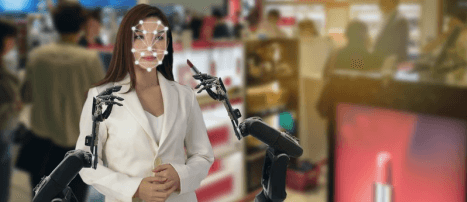
Computers will need a continuous feed of annotated images to improve their abilities in identifying real-world objects accurately. To supply these images, companies can implement manual or computer-assisted methods. Currently, four types of image annotation methods are used to teach computers to identify images.
Image classification
The most basic type of image annotation is called image classification. It trains machines to recognize items in an unlabeled image. The computer will refer to similar items in previously labeled images to correctly identify the object.
In effect, image classification simply confirms the presence of an identified object in an image. During the image annotation process, users will explore the entire image and tag all identified objects.
Object detection
The next type, object detection, takes image annotation to the next level by training the machine to identify, locate, and count the instances of objects. Continuously repeating this process using multiple images can teach the computer to identify the same objects even in unlabeled images. To teach machines, image annotators use identifying tools such as polygons or boxes to isolate the location of objects in an image.
Segmentation
Object detection merely identifies all the objects in a still image. When you’re dealing with video, keeping track of objects as they move or change attributes over time becomes more complicated. Segmentation helps computers analyze the differences between objects in an image. There are three subtypes of segmentation:
Semantic segmentation
Semantic segmentation identifies and labels the same objects under a single tag. An example would be identifying people in an image contrasted with cars, buildings, and other man-made objects. Since the goal is to identify and segment people from others, all the persons in the image are grouped in a single tag. Meanwhile, other objects such as buildings and cars also receive their own group tags. Semantic segmentation works best to define the existence and location of objects in an image.
Instance segmentation
Meanwhile, instance segmentation tracks individual objects—even those with the same labels or tags. In this case, each person receives an individual label. This allows the computer to count individual objects as well as track each one’s location. This type of segmentation works best when counting crowd sizes or tracking individuals in a group.
Panoptic segmentation
The final segmentation type blends both semantic and instance segmentation. It creates an even more detailed dataset that studies individual objects against semantic backgrounds. Panoptic segmentation works best for tracking changes in an area, such as monitoring dam elevation, tree growth, or animal migration patterns.
Boundary recognition
Teaching computers to see includes providing them with the means to correctly interpret patterns—even in unlabeled images. Boundary recognition allows computers to learn and identify lines and splines. This can help machines correctly identify which parts of the image end up as roads and which ones do not.
This type of image annotation is valuable in teaching computers to drive autonomously as it helps computers pinpoint the location of traffic lanes and avoid going over sidewalks or dead ends. Boundary recognition also helps computers narrow down their focus on certain semantic objects to conserve precious computer power.
Industries That Can Benefit From Image Annotation
Nearly all industry sectors can benefit from the practice of annotating a picture for machine learning purposes. After all, having sharp and untiring eyes constantly monitoring your assets and location can spell the difference between gross neglect and timely intervention. Picture annotation can also help make operations more efficient and accurate, effectively improving monitoring processes beyond what humans can do. That said, here are some industries that stand to benefit the most from image annotation services:
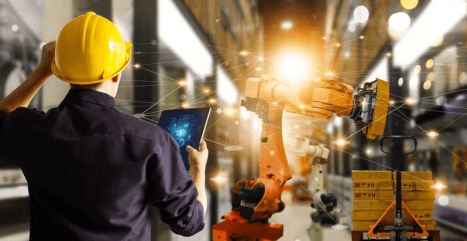
Manufacturing
Having improved monitoring systems in plants and facilities allows manufacturers to boost their efficiencies. Instead of simply monitoring production equipment, cameras can identify and flag manufacturing lines with problematic components. This enables managers to implement preventive maintenance tasks before equipment breaks down.
At the same time, more advanced monitors can better detect defective items as they come out of production lines. For a plant that produces thousands of millions of units per day, improving the quality control process even by a few percent can translate into millions in savings.
Transportation
Achieving the dream of a driverless society is now within reach. Improvements in autonomous vehicle technology will not only mean self-driving cars, but also self-driving trains, ships, and even aircraft. In addition, the savings in fuel alone due to better driving skills and more efficient routes can potentially reduce the consumption of fossil fuels.
More importantly, the projected reduction in vehicle-related deaths and injuries will also come as a very important benefit of autonomous driving. For this to happen, though, image annotation should continue at its breakneck but quality pace.
Security
While facial recognition has its critics, the practical applications of this enhanced technology can prevent serious crimes. For instance, banks now use facial recognition technology in ATMs to ensure that only registered customers can use their bank cards. Airports will also be able to screen incoming passengers better, which means the ability to see through glasses, facial hair, or disguises.
Healthcare
Diagnosing patients becomes a faster and more accurate process when using medical devices powered by computer vision. For instance, computers trained to detect patterns and identify tumors and lesions can do so during the onset of a patient’s disease, which gives them a better chance of successful treatment.
Improved hospital monitoring systems also mean nurses can detect problems occurring with confined patients earlier. And, better computer vision can provide surgeons with improved equipment, leading to more precise procedures and fewer risks of complications.
Retail
It’s not a secret AI is truly transforming e-commerce marketplaces. Many retailers are already using virtual reality (VR) and augmented reality (AR) technology for their marketing campaigns. For example, many brands now feature virtual dressing rooms on their websites and in flagship stores. Customers use their smartphones to select items and then preview themselves wearing a virtual sample.
In the future, consumers will be able to use their phones to check out what someone else is wearing. The app will identify the outfit and direct the user to the online store.
Meanwhile, retailers can enjoy faster and more accurate inventory counts, even during busy hours. Cameras can scan aisles and sections and correctly identify and count individual items. This gives store owners better control over their inventory levels and allows them to make timely restocking decisions. Read more on how AI image recognition is transforming e-commerce marketplaces.
Enhanced Computer Vision Depends on Quality Image Annotation
Because the future of computer vision depends largely on image annotation, the quality of the annotation process is crucial to the technology’s success. The output relies greatly on the people performing the tasks, especially for companies undertaking manual image annotation. The quality of their tools and training plays a major role in determining the excellence level of the entire process.
Helpware is an outsourcing company that specializes in providing qualified and knowledgeable IT workers skilled in data labeling tasks. Companies, especially startups, that need manpower help in image annotation can breathe a sigh of relief. Helpware can provide the requirements for a complete, supervised annotation project with nearly 100% accuracy. We pride ourselves on our exceptional pool of motivated and highly skilled workers who can complete your data labeling tasks without stretching your timetable or exhausting your budget.
Learn more about how Helpware can be your workforce partner in image annotation and other AI requirements. Reach out today and tell us more about your needs. We’ll be more than happy to help.



